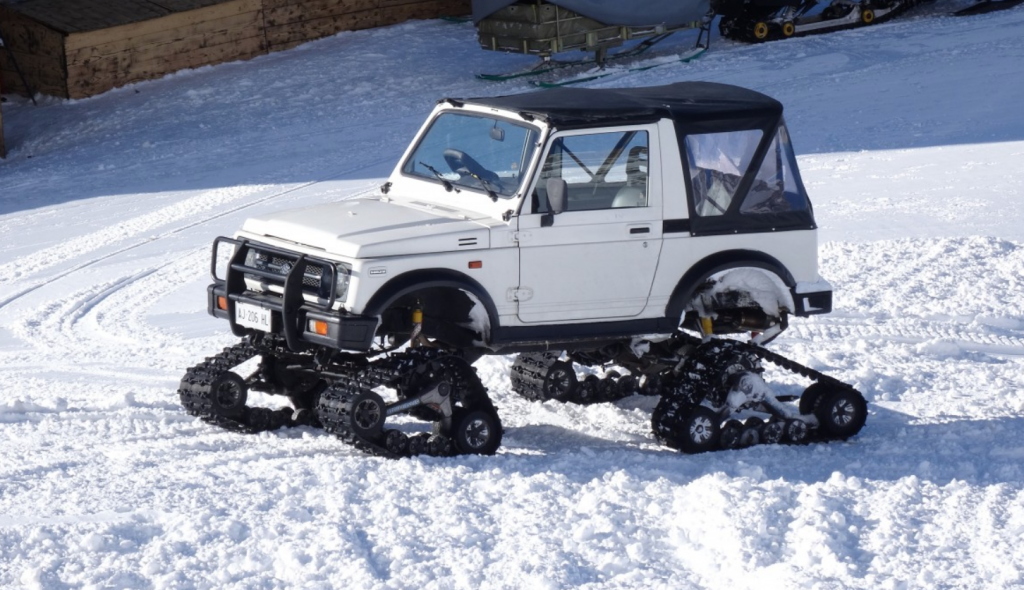It’s important to prepare vehicles for the cold weather and harsh conditions associated with wintertime driving. Aside from making sure that you have a basic vehicle survival kit that is optimized for the winter, there are also a few other things that you should add to your checklist. Here are 5 essential things that every motorist should do to make sure their vehicle is safe for winter travel.
Replace Wiper Blades
Temperature fluctuations over the past year, along with general wear and tear, can degrade the effectiveness of wiper blades. You need blades that are in excellent condition to contend with ice, snow, sleet, dirt, salt and all of the other gunk that adheres to our windshields as we drive. Not only are worn wiper blades less-effective in the winter, but they also pose a safety hazard as streaks left behind on windshields can decrease visibility. It only takes a few seconds to swap out a wiper blade, and doing so can significantly-reduce your chances of having an accident.
Check Tires
Cool temperatures cause air inside of tires to shrink, and this leads to under-inflation. Not only does driving on under inflated tires contribute to premature wear and tear, but it also reduces traction as well as fuel-efficiency. Make sure that your tires are properly-inflated now, and periodically check them throughout the winter. It’s also important that you check the depth of the treads of each tire as well. Treads should be at least ¼ inch deep, and some would recommend ½ inch to err on the side of caution. Anything less can lead to poor traction, and poor traction is one of the leading causes of crashes in the winter. Investing in good tires, preferably all-season or winter ones, can pay big dividends in terms of promoting not only your own safety, but the safety of others on the road as well.
Change Windshield Wiper Fluid
A lot of people don’t realize that not all wiper fluid products are created equally. In addition to varying-levels of quality, some products are not suitable for winter use as the liquid tends to freeze before it can be whisked away by the wiper blades. Make sure that you add fluid that is rated for winter travel, and keep an extra supply in your vehicle in case you need to refill the tank while driving through snow or sleet.
Change Antifreeze and Oil
Antifreeze and oil also have different ratings, and it’s important that you use products that will not freeze when temperatures plummet. Poor quality antifreeze can cause serious damage to the engine which can lead to overheating and the fracturing of important components at the worst possible time, in the worst possible place. Poor-quality oil can clump and pool in the bottom of the engine and have a difficult time circulating as it runs through the system. This can lead to friction between sensitive components and cause the engine to become destroyed as it seizes up. In both cases, it’s also important to let the vehicle warm up before driving off in addition to using quality products to ensure that everything is circulating properly.
Take a few minutes to make sure that your vehicle is ready for the long months ahead. These simple steps can significantly reduce the chances of encountering unexpected hazards while driving during the winter.

